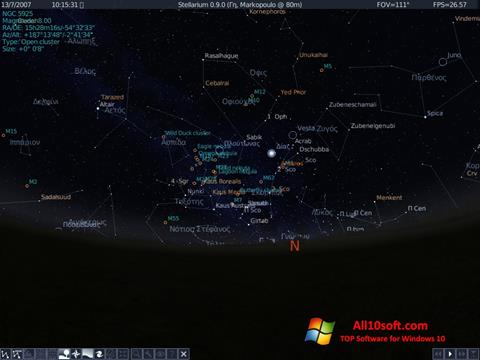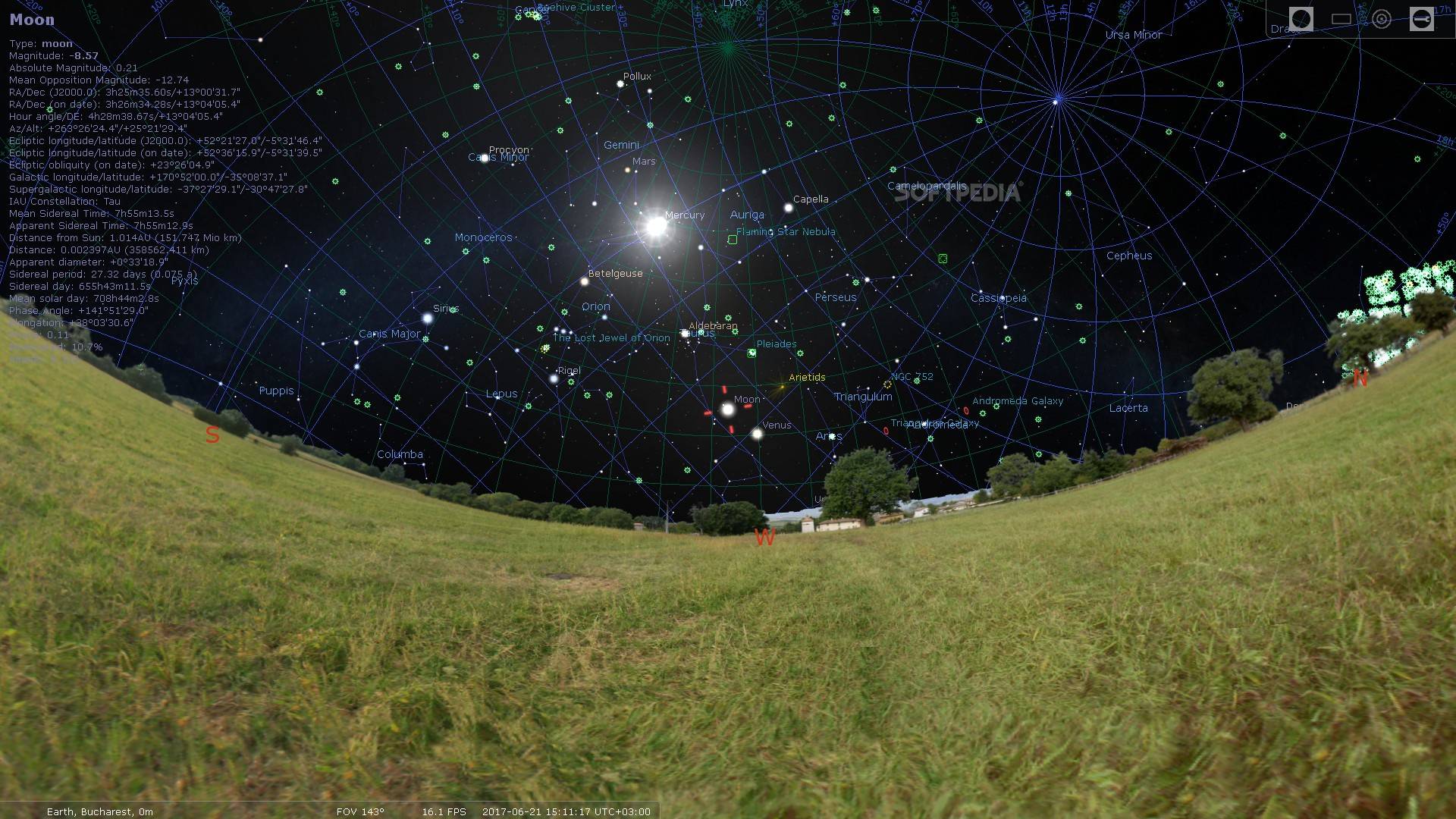

This is known as the end of Astronomical Twilight. With the current conditions as denoted on the Example 1: Screen Shot – The Photographer’s Ephemeris ( above ), the sky will be very dark by 23:58. If the sun sets at 21:02, and the moon rises at 02:00 the next morning, this would not give much time to shoot in pure darkness. The moonrise on this particular morning ( now June 18th ) is 07:36 leaving plenty of time to shoot.Īs noted before, to ensure darkest skies, it’s always best to shoot a minimum of 1-2 hours before the rise or after the set of a large celestial body ( Sun & Moon ). It was also crucial to ensure that the moon did not rise too early in the morning. In Example 1: Screen Shot – The Photographer’s Ephemeris ( above ), moonset is at 21:47 and sunset is at 21:02. To ensure maximum length of darkness, I selected a night where the Moon set early in the night, preferably right before or right after sunset. Referencing the Example 1: Screen Shot – The Photographer’s Ephemeris ( below ) I was able to find a suitable Milky Way photography night at Mount Rainier National Park for Wednesday, June 17th, 2015.Įxample 1: Screen Shot – The Photographer’s Ephemeris TPE also provides precise sunrise, sunset, and twilight times as well as moon rise and moonset times. The Photographer’s Ephemeris is a map-centric sun and moon calculator: see how the light will fall on the land, day or night, for any location on earth. Step 4: Learn to Use The Photographers Ephemeris ( TPE ) Video II: Photographer’s Ephemeris & Google Earth Shooting with 80-90% cloud cover is possible, but will not yield many great shots. Using the Sky Cover Percentage ( % ) you will be able to predict how many clouds will be present at any specific time! Ideally aim for 0-20% cloud cover.Use the checkboxes to turn them on and off. Now you can decide the date, time, weather, and precipitation elements which you would like to view.

Now, scroll down the same page until you see the Hourly Weather Graph on the right hand side.Click Here to see where I’ve done this for Mount Rainier, Washington. Using the map on the new page, zoom out as required, then, click the exact location where you would like to see the weather forecast.Once you search for your city and state, a new page will come up.Type in a city and state near where you would like to shoot.
#Screenshot in stellarium how to#
I also show you how to do this in Video I – Moon Phase, Dark Skies and Weather, above. Here is a great way to go about finding cloud cover percentages using NOAA. It provides in depth weather forecasting data for all of the United States. Inside the USA: I use and recommend NOAA ( National Oceanic & Atmospheric Administration ). Outside the USA: I use and recommend MeteoStar Weather Website. Sometimes clouds here and there add to the “interestingness” of the photo, but complete cloud cover won’t allow you to see the night sky. Without clear skies it will be impossible to get a clean view of the Milky Way, stars, or Northern Lights. This doesn’t mean there can’t be a few clouds. Step 3: Find Clear Skies – Predicting the Weather Black areas on the map are great for shooting the night sky, while white areas on the map are light polluted and should be avoided. Both situations will yield different and unique results.īlue Marble Light Pollution Map works very well for this. You can capture star trails or Northern Lights photos with, or without, the Moon visible in the sky. Star trails and Northern Lights photography are much more forgiving. These 10-12 days fall directly before, directly after, and include the night of the New Moon. There are also 5-6 nights on either side of the night of the New Moon which will also work great for photographing the Milky Way.ĭuring these nights there will be no Moon visible in the sky for a minimum of 1-2 hours a night and a maximum of approximately 10 hours a night. That being said, the night of the New Moon will provide the longest and darkest hours to photograph the Milky Way.


In turn the Earth will receive no Moon light on these nights for a short period of time. Due to the New Moon’s location between us and the Sun, there is no light cast on the side of the moon which we can see from Earth. This means we will see approximately the same views of the Moon once each 27.3 days.ĭuring the New Moon, when the sun lies directly between planet Earth and the sun, is the best time to photograph the Milky Way. Our Moon rotates around our Sun approximately once every 27.3 days. Click Here for Star Date Moon Phase Calculator


 0 kommentar(er)
0 kommentar(er)
